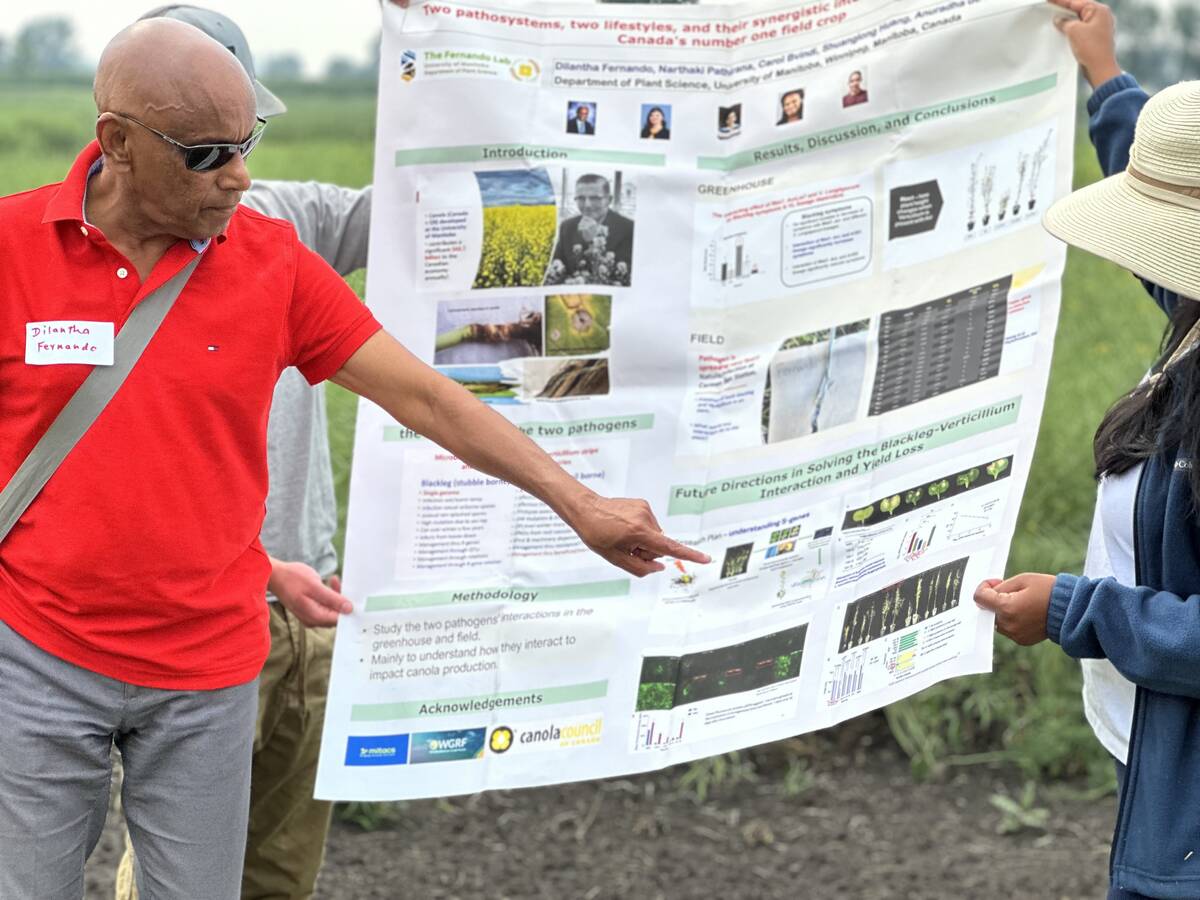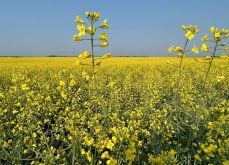Emerging research suggests a troubling twist in canola disease management: when verticillium stripe is present in a field, the resistance to blackleg built into many canola cultivars appears to break down.
“What we have discovered very recently is that not only do these two pathogens cause disease, but they interact in such a way that the disease is increased, even when you grow a blackleg resistant canola variety,” University of Manitoba plant science professor Dilantha Fernando said.
“It appears blackleg resistance cannot be maintained in the presence of the verticillium.”
Read Also

Farmers asked to keep an eye out for space junk
Farmers and landowners east of Saskatoon are asked to watch for possible debris in their fields after the re-entry of a satellite in late September.
The finding — first seen in greenhouse trials and now being tested in the field in a plot at Carman, Man. — suggests that even varieties carrying strong blackleg resistance genes might suffer heavier damage if verticillium stripe is also present in the field.
Fernando’s research suggests that interaction between the two diseases could hurt yields more than either disease alone.
“The work in the greenhouse has shown this interaction,” he said.
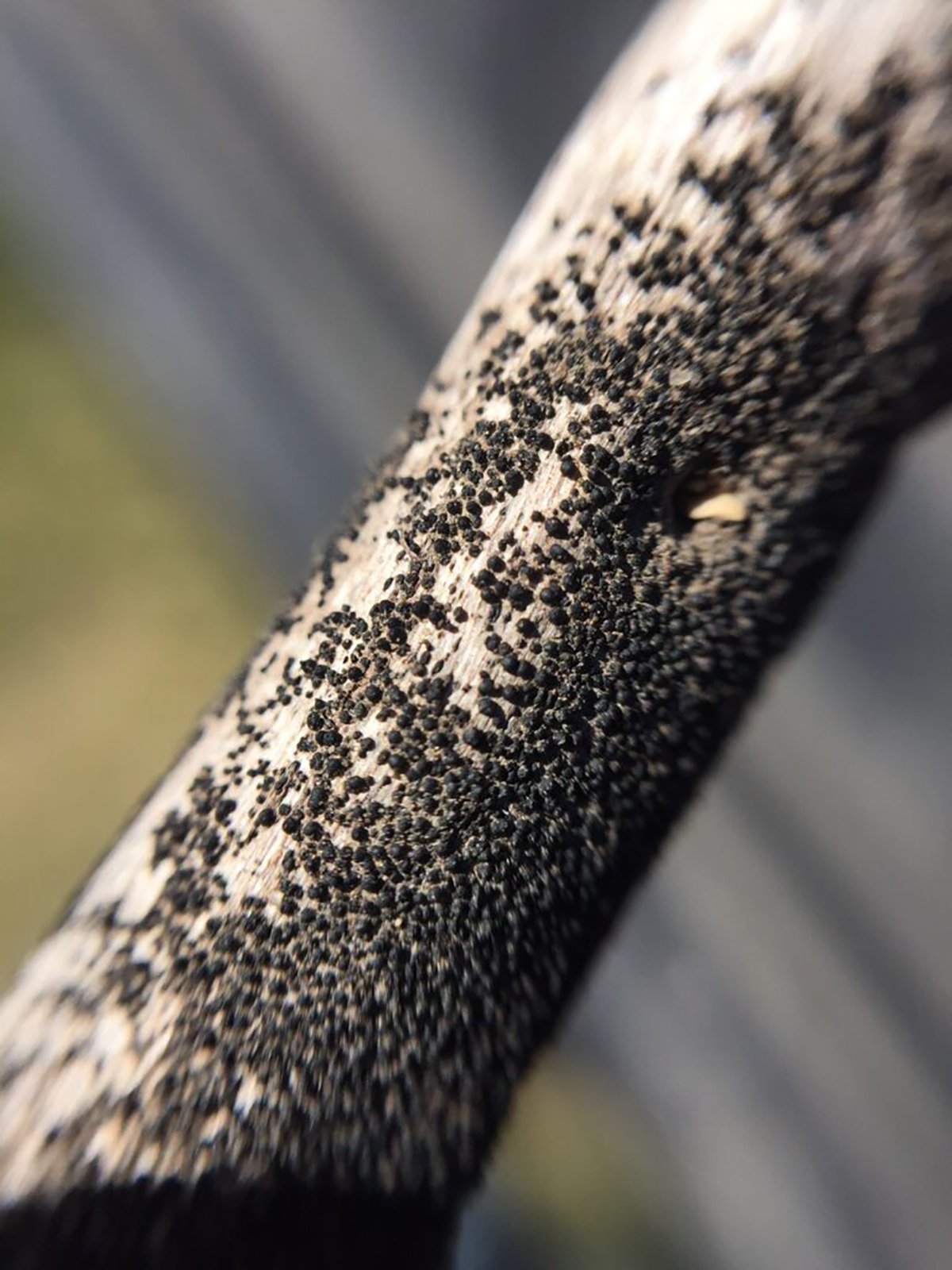
Other work has hinted at the same pattern. A recent study using blackleg-resistant hybrids (45H31 and CS2000) found that co-inoculation with the two disease pathogens increased blackleg severity and yield loss. In that case, the hybrids’ resistance mostly held. Fernando’s results point to a more complete breakdown.
Blackleg (Leptosphaeria maculans), a serious fungal disease of canola, has been spreading through the Prairies since it was first confirmed in northeastern Saskatchewan in 1975.
Genetics are a key tool keeping it in check, although experts in recent years have noted virulence changes complicating some of those resistance ratings.
Verticillium stripe (Verticillium longisporum) is newer. The stem-degrading, yield-reducing disease was first found in Manitoba in 2014 and has since spread into Saskatchewan. There are no varieties registered as resistant to verticillium, although seed companies are playing with varieties that seem more tolerant, and recent Manitoba research may have a line on a physical plant trait that may make infection more difficult.
Both diseases are common in Manitoba. Last year, the province’s canola disease survey found basal blackleg infections in 77 per cent of surveyed fields, stem blackleg infections in 58 per cent of fields and verticillium stripe in 60 per cent of fields.
While in the greenhouse, Fernando’s team was able to methodically test the disease interaction with blackleg resistance genes commonly used in Canadian canola.
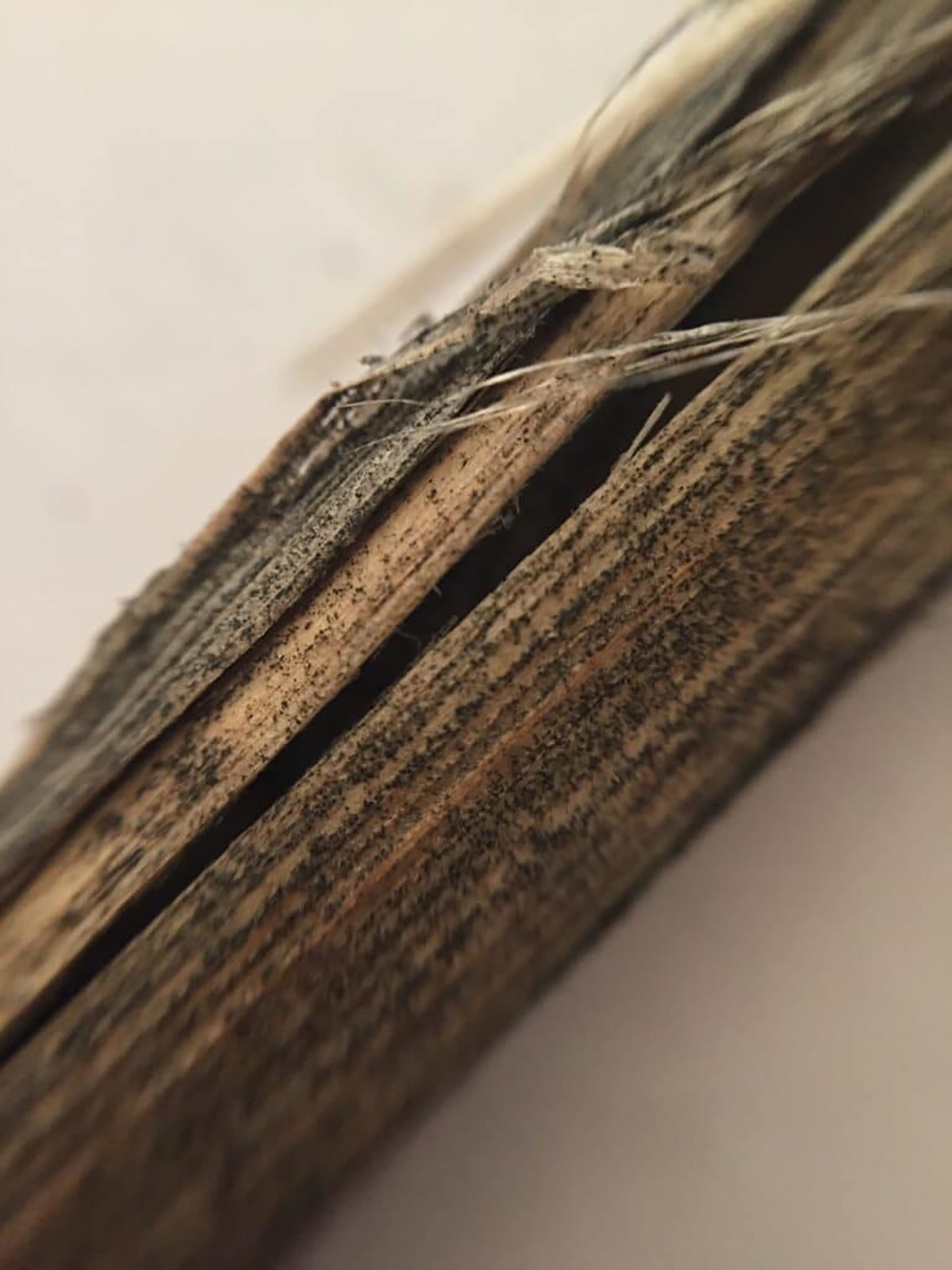
So far, he said, his team hasn’t seen a single Canadian R gene that performs well when verticillium is also present.
And while Fernando admits the number of R genes in his collection is limited, he’s certain about what he’s been observing.
“In a fairly confident way, I can say that the R genes that are available are not standing up well,” he said.
Still, greenhouse trials and the reality of the field are different things. Fernando wanted a real-world test.
He got the chance this year. Since 2014, Carman’s research station had enforced strict protocols to keep verticillium out — boot cleaning, washing equipment and avoiding suspect fields.
“This was very well followed. But as a plant pathologist, I knew that that is not going to be clean forever,” Fernando said.
The tiny microsclerotia on verticillium are as small as dust particles, and he suspects they could easily bypass biocontrol protocols by riding in on the wind.
“All of a sudden last year, almost every field had verticillium,” he said.
“We went and took samples and also collected DNA from soil. We found that the pathogen was present.…
“(It was) the best thing that could happen, happened, where now we have natural verticillium inoculum, we have natural black leg inoculum and we can put the varieties that carry different R genes and now test for the interaction.”
It would have been nearly impossible to run the experiment in the field if they had to inoculate plants themselves, he added. That would have required separate treatments for blackleg first, verticillium first and then both in sequence.
That approach works in the greenhouse. In the field, though, natural inoculant provides a much easier way to study the interactions without researcher interference and under normal exposure pressures from a mix of pathogen profiles.
The team proceeded to plant varieties with different R genes in plots where both pathogens occur naturally.
The Carman station already had a qPCR (quantitative polymerase chain reaction) testing method — a DNA-based tool that can detect specific pathogens in plant or soil samples — for both blackleg and verticillium. That let Fernando’s team quickly confirm that the two were often found in the same plant. They sent half the samples to an Alberta lab and kept half in Manitoba to further verify. They got identical results.
They’ll soon see official numbers from those field efforts. Fernando expects that by the end of August, when disease ratings are completed, they will learn whether any resistance genes were able to hold up under natural infection conditions.
Chris Manchur, agronomy specialist with the Canola Council of Canada, was aware of Fernando’s preliminary results.
“It is too early to tell how significant of an impact this specific R-gene and verticillium interaction would have on yield in the field, but it underscores the importance of effective blackleg management to prevent any additive effects of both blackleg and verticillium stripe causing yield loss,” he said.
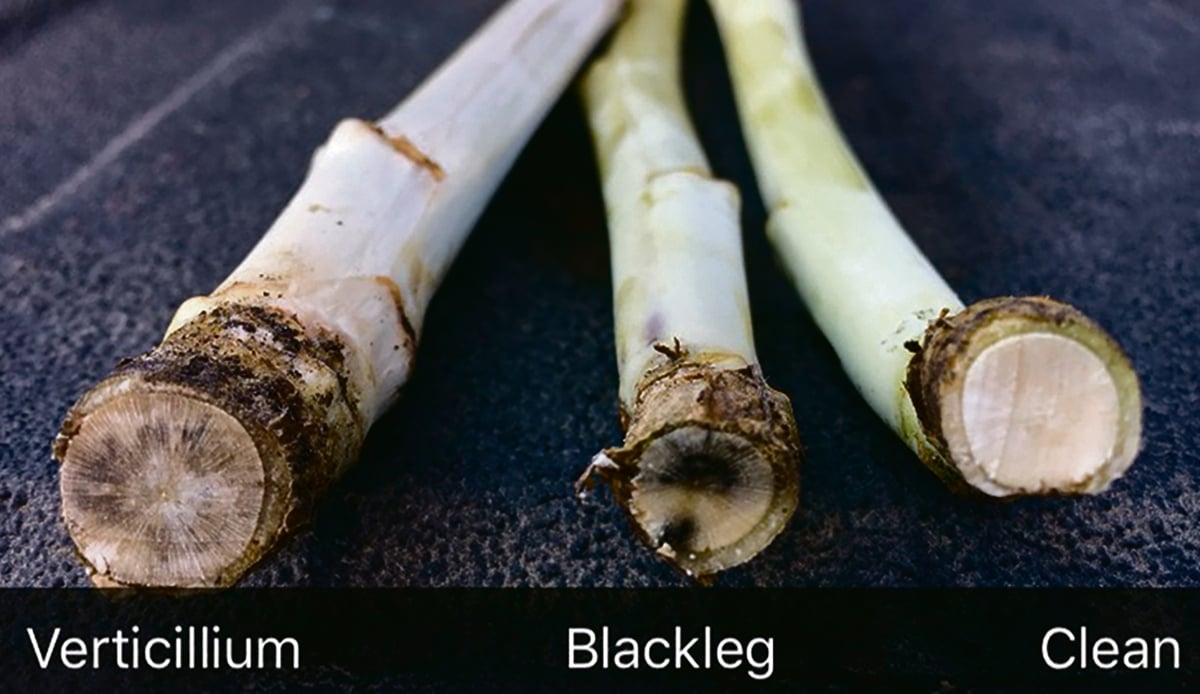
He added, however, that “these results are still early and I would look to waiting until results are replicated and verified through different tests before stating this as a significant development.”
Manchur advised farmers to make sure they’ve brushed up on their disease identification skills.
“Blackleg and verticillium can occur together, but the CCC has resources to help identify the diseases in the field. If you’re still unsure, there are options to send samples in for DNA testing,” he said.
While there are limited tools for verticillium, he said blackleg can still be managed with cultivar choice, seed treatmentsand foliar fungicides at the two-leaf stage.
Fernando’s work will continue through 2025 with more Carman trials, pathogen tracking and gene-expression studies. Assuming the researchers gets similar field results as their greenhouse trials, they face the future question of why the interaction is having such a result.
They’re already running tests in a controlled environment — inoculating with blackleg first, verticillium first and both at once — and using fluorescently tagged strains to track how each pathogen moves inside the plant. They plan to use transcriptomic analysis (the study of all RNA messages a cell makes to see which genes are active at a given time) to see which plant genes are disrupted.
Fernando is also interested in the potential of targeting what are known as susceptibility genes — plant genes that actually help pathogens infect. Knocking those out could make plants tougher, even without adding new resistance genes.
“It is going to be one step at a time,” he said.
“By the end of July next year, we should have a very good handle on what’s going on.”




